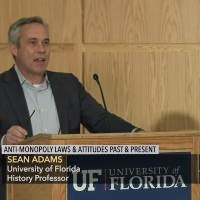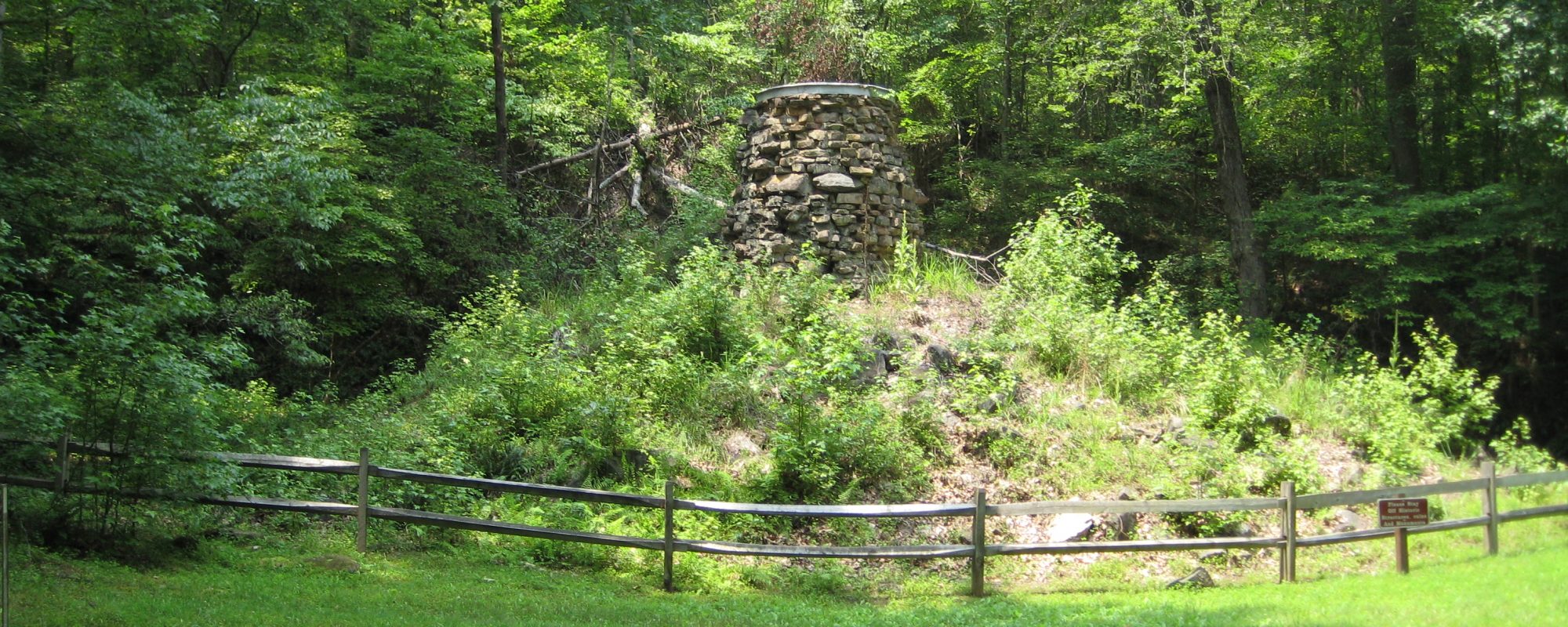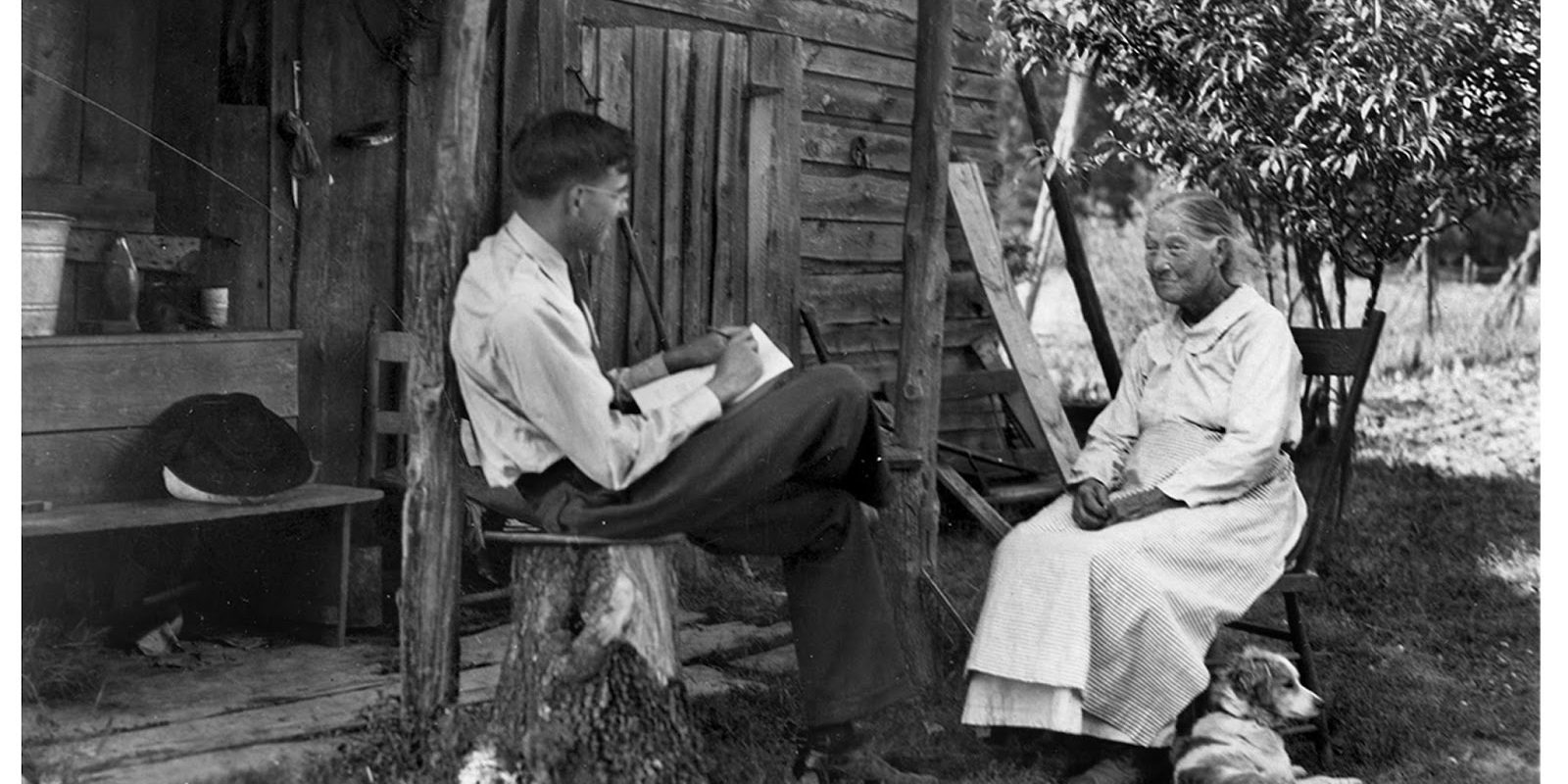 Dr. Sean Patrick Adams is the Hyatt and Cici Brown Professor of History at the University of Florida in Gainesville, where he teaches courses in American capitalism and 19th century U.S. history. He received his B.A. at Purdue University (1990) and his M.A. (1992) and Ph.D. (1999) from the University of Wisconsin. His research interests are mainly in nineteenth-century U.S. history, with a particular emphasis upon political economy, energy policy, and industrialization. Dr. Adams’ recent book on energy transitions and home heating is entitled Home Fires: How Americans Kept Warm in the 19th Century (Johns Hopkins, 2014) and explores the roots of fossil fuel dependency during the Industrial Revolution.
Dr. Sean Patrick Adams is the Hyatt and Cici Brown Professor of History at the University of Florida in Gainesville, where he teaches courses in American capitalism and 19th century U.S. history. He received his B.A. at Purdue University (1990) and his M.A. (1992) and Ph.D. (1999) from the University of Wisconsin. His research interests are mainly in nineteenth-century U.S. history, with a particular emphasis upon political economy, energy policy, and industrialization. Dr. Adams’ recent book on energy transitions and home heating is entitled Home Fires: How Americans Kept Warm in the 19th Century (Johns Hopkins, 2014) and explores the roots of fossil fuel dependency during the Industrial Revolution.
Dr. Adams’ other books include a scholarly monograph, Old Dominion, Industrial Commonwealth: Coal, Politics, and Economy in Antebellum America (Johns Hopkins, 2004); a textbook entitled The Early American Republic: A Documentary History (Wiley-Blackwell, 2008); an edited volume of twenty-seven essays entitled, A Companion to the Era of Andrew Jackson (Wiley-Blackwell, 2013); and a three-volume anthology of edited documents on the coal trade under the series title, The American Coal Industry, 1789-1902 (Pickering & Chatto, 2013). Adams has published articles in a host of journals, including The Journal of American History, Enterprise & Society, The Journal of Policy History, Common-place.org, and has several chapters in published collections, most recently a study of the impact of the American Civil War on the course of American capitalism in a volume edited by Michael Zakim and Gary Kornblith entitled Capitalism Takes Command: The Social Transformation of Nineteenth-Century America (University of Chicago Press, 2012).
Dr. Adams’ current research project examines a particular region—Fredericksburg and Spotsylvania County—from the colonial era through the late 20th century with an emphasis on how this part of Virginia attempted to build an economic future on the value of its land. The Virginia Colony’s celebrated Lieutenant Governor, Alexander Spotswood, noted the rich iron resources of this region in the 1710s, and eventually built a blast furnace in his eponymous county in 1723. By that time, the area’s tobacco cultivation had already wreaked havoc on the soil, prompting one observer in 1732 to say of the region’s land, “tho’ little of it rich except in Iron,” and also giving rise to Spotsylvania County’s noted “Poison lands” or “Wilderness” region. In the 19th century, John Wellford, a local landowner and booster, followed this trend of boosting the region’s industrial potential. Wellford threw himself into several are canal and railroad schemes, and eventually founded his own ironworks, Catharine Furnace, on his vast tract of land in Spotsylvania County. Catharine Furnace depended upon the region’s enslaved labor—a legacy of its limited agricultural economy—to operate from 1837 until Wellford’s death in 1846.

During the Civil War four major battles—Fredericksburg (1862), Chancellorsville (1863), the Wilderness (1864) and Spotsylvania Courthouse (1864)—all took place here, and the built landscape of industrial development played a major role in each of them. The aftermath of those four major battles left Fredericksburg and Spotsylvania devastated and literally awash in blood; late 19th century visitors regularly stumbled up on bones jutting from the ground while they rambled across the trenches and fortifications left behind. In the spirit of Alexander Spotswood and John Wellford, new boosters of the region tried to sell its value; now they reasoned that more than industrial growth, the business of memory was Fredericksburg and Spotsylvania’s economic future. Rufus Bainbridge Merchant, the editor of the Fredericksburg Star, consistently pushed for the development of the battlefields, first as a privately operated retirement home, then as a state or federal park. Once the federal government intervened to make Fredericksburg and Spotsylvania National Military Park a reality in 1927, the transformation of “value” in this area from industry to memory was complete. Take, for example, the story of Phenie Tapp, who witnessed the Battle of the Wilderness as a small child on her grandmother’s farm, and where she still lived in the 1930s. Phenie barely scratched out a living on Tapp Farm during the 1930s, even as the eminent Civil War scholar Douglas Southall Freeman declared this location’s role in the “Lee to the Rear” incident of 1864 to be a priceless part of American history. Phenie held out selling Tapp Farm until her death in 1944, at the same time that park officials attempted to acquire more land in order to preserve it. As they did, the value of Spotsylvania’s “poison lands” took on a new meaning, as economic development around the park flourished, not as the result of its industrial potential, but its place in Civil War Memory.

Even today, park visitors can still see the remnants of Catharine Furnace’s stack—although they are more likely know it as a landmark that Thomas “Stonewall” Jackson’s corps marched by on its famous flanking maneuver in the Battle of Chancellorsville in 1863, than as the remnants of a once thriving industrial community of hundreds of free and enslaved Virginians.